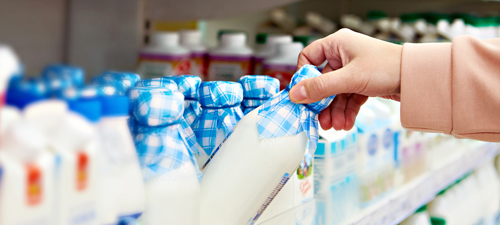Most of us will encounter soft touch overmolding at some point in our lives, often without even recognizing it. Though hard plastics are useful for their strength and durability, products sometimes need a little bit softer touch to ensure product users are comfortable.
Soft touch overmolding is a two-shot process that creates a plastic part, then adds a softer material (usually TPE) over the rigid plastic to make the product more comfortable to use while reducing the risk of shock and vibration for the user. Soft touch overmolding is, unsurprisingly, used frequently to create handles, knobs, or other elements that are widely handled by the product’s user. It can also be used to connect two parts that would otherwise be unable to form a watertight seal.
Soft Touch Overmolding Benefits
Benefits to this process include reduced cycle times and improved part quality and performance. Because these products require less manufacturing steps, manufacturing costs can often be reduced as well. For users, the benefits are plentiful, from enjoying a softer grip surface to building in additional flexibility for otherwise rigid parts. Product designers likewise have a lot more flexibility for product design, functionality, and aesthetics.
Design Considerations
Critical considerations include wall thickness uniformity and proper material selection. Special care should also be taken to ensure any transitions between wall thickness are gradual enough that the flow of resin is not restricted. It is advisable to select a knowledgeable engineering partner to assist you in the design of your overmolded products to ensure designs will produce parts with proper adhesion.
Have questions about soft touch overmolding? Trying to decide if it’s the right process for your products? Talk to the experienced engineers at KASO Plastics to learn more.








 Molding services for Agricultural customers
Molding services for Agricultural customers